EUROPE
Resilient Borders: find out more about the 19 pilot sites and their ambitions
April 2025Find the description of each pilot action in our thumbnails!
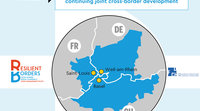
Find the description of each pilot action in our thumbnails!

Following publication of the final report and blueprints for each pilot site in the ‘Building more resilient cross-border regions’ project run by the OECD and DG REGIO, the Nord Lorrain Metropolitan Border Pole gives us its views on the work carried out, its contributions and the specific needs of the territory which is one of the pilot sites.
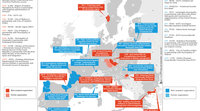
February 1st, 2025 marked the launch of DG REGIO's Resilient Borders initiative, co-managed by the Association of European Border Regions (AEBR) and the MOT. Its aim is to help border regions strengthen their resilience in the face of crises, with the selection of twenty pilot projects that will have to draw up a cross-border governance plan responding to a specific issue in their territory.

As part of the Interreg VI Grande Région programme and the SaarMoselle functional area, the MOT is a beneficiary partner in the PRISMA project (‘Projet d'aménagement d'information et d'observation pour un projet d'agglomération SaarMoselle’) for a period of three years, from 2024 to 2026.

Managed by the MOT and the AEBR on behalf of the DG REGIO, the "Resilient Borders" call for projects aims to select ten pilot sites to develop crisis management plans or actions to promote concerted cross-border spatial planning, with financial support from the European Commission. The deadline is 30 November.

On November 4th, 2024, a conference entitled ‘Planning the cross-border functional area’ was held in Luxembourg, organised jointly by AGAPE, MOT, and the Grand Duchy's Ministry of Housing and Spatial Planning, with more than 80 participants in attendance.
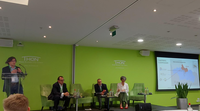
At the "Reinforcing Cross-Border Governance for Development" event held on June 19th and 20th, the European Commission and the OECD presented a new tool designed to strengthen governance in the cross-border regions of the European Union.
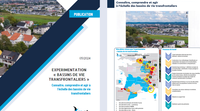
For over a year, the MOT has been conducting an experiment on “cross-border living areas”, supported by seventeen partners in five pilot sites. You can now consult the final report and download our infographic of the study's key takeaways. Don't forget to register for our webinar on June 5th!
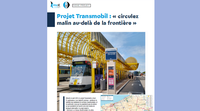
Discover our project sheets published to coincide with the MOT General Assembly in Dunkirk on June 27th and 28th!
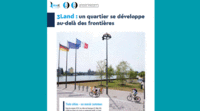
A first-of-its-kind partnership in Europe, "3Land" imagines the shared future of a cross-border district on the Dreiländereck, on the French-German-Swiss border. Discover our new project sheet!
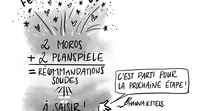
On December 1st, 2023, the MOT and the National Agency for Territorial Cohesion (ANCT) co-organised the final webinar presenting the results of the Franco-German MORO pilot project, which was attended by more than 100 people.
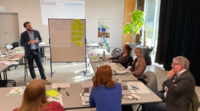
The MOT has been commissioned by the SaarMoselle Eurodistrict to support the cross-border territory in implementing the recommendations drawn up during the Franco-German pilot project for spatial planning (MORO).

The project to recover waste heat from the Badische Stahlwerke (BSW), Kehl's steelworks, is now entering its concrete phase.
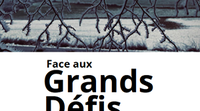
In this collection, 22 authors from a wide range of backgrounds were invited to answer key questions to fuel debate in the run-up to Luxembourg's parliamentary elections in October 2023, and beyond, in order to shed light on the country's major challenges. An entire chapter is devoted to cross-border issues, with a contribution from Aurélien Biscaut, Secretary General of the MOT.
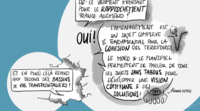
In border areas, living and employment areas are closely intertwined. Differences between planning tools and the organisation of the relevant authorities can hamper integrated regional development. These issues were at the heart of "MORO," a Franco-German spatial planning pilot project. In order to report on the results of this project, the ANCT and the MOT are organising a webinar on 1 December entitled "How to move forward with spatial planning in border areas".

In June 2020, the Grand Duchy of Luxembourg launched an innovative process: "Luxembourg in transition – Territorial visions for a zero-carbon and resilient future for the functional Luxembourg region". Its aim was to bring together strategic proposals for spatial planning and produce scenarios for ecological transition by 2050 for the Grand Duchy of Luxembourg and its border territories.
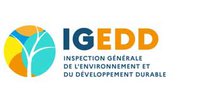
Find the proceedings of the webinar of March 29th organised by the General Inspectorate for the Environment and Sustainable Development (IGEDD), in partnership with the MOT, on the question: "How do cross-border territories organise themselves to meet the challenges of the ecological transition?
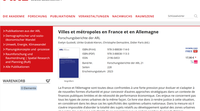
Following the conference "Cities and Metropolises in France and Germany" on March 14th, this report of the ARL (Academy for Territorial Development in the Leibniz Association) is available in French and in English. It includes a contribution by Jean Peyrony, Franziska Sielker and Thomas Perrin, entitled "Cross-border territorial cooperation between France and Germany: evolution, convergence and perspectives".
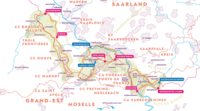
Following the model of the IBA that has been set up in Basel, a laboratory workshop has been commissioned by the Saarland to study the feasibility of an "Internationale Bau Austellung" (International Architecture and Urban Planning Exhibition) in the Greater Region.
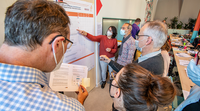
On December 14th, 2022, the closing conference of the first Franco-German spatial planning pilot project (MORO) was held in Strasbourg, with Jean Peyrony, director general of the MOT, and other experts sharing their knowledge at several round tables.
The gradual conversion of a quarry in Saint-Louis, close to the French, Swiss and German borders, offers a promising opportunity for the agglomeration.

The Terres Rouges slag heap is a strategic site for the Alzette-Belval territory.

In the Franco-German region of Strasbourg-Kehl, the municipalities are in the process of implementing a flagship cross-border cooperation project for the extension of urban heating networks. Soon, the waste heat from the local steel mill will supply thousands of households on both sides of the Rhine.
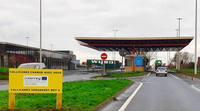
On September 30th, 2022, the closing event of the QUALICANES Interreg project took place.
As a further step towards the construction of the European electricity network, a new 190 km EHV line, entirely underground, is being built between Savoy and Piedmont. It will increase the electricity exchange capacity between France and Italy by 40%.